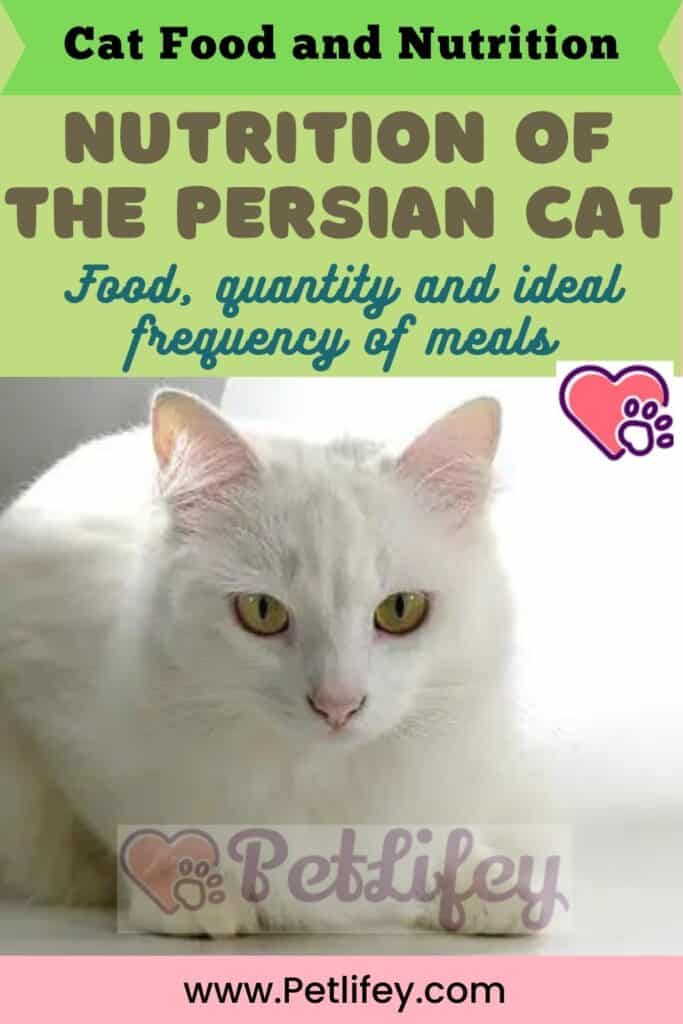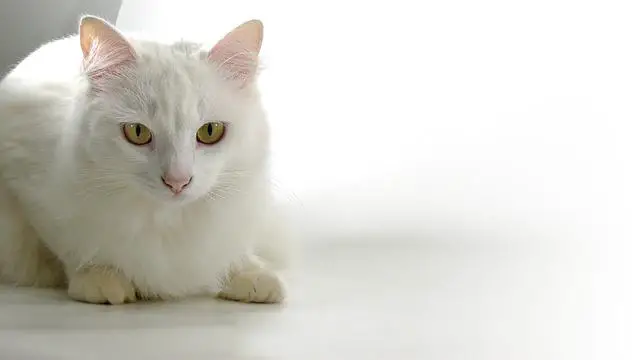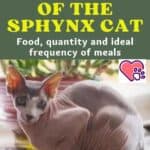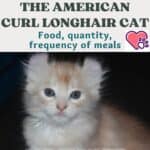
Nutrition of the Persian cat, everything you need to know about this breed: from food, to doses, up to the frequency of meals.
The secret of a long life and above all in good health is a suitable diet, therefore individual and careful, that is, without ending up in excess.
For each breed it is possible to have a guide on which to adjust to understand what to feed your cat.
Naturally, every animal then has its own problems and needs, which must be taken into account and adjusted accordingly.
In this article we will learn about the right diet for the Persian cat based on the needs of this specific breed.
The right diet for the Persian cat

As previously mentioned, in order to guarantee your cat a long and healthy life, it is necessary to give your four-legged friend quality products, in the right doses and at set times.
Obviously, the quality of the products with which to feed the cat is in the foreground. Taking care of your pet’s nutrition is the basis of everything, in order to have a healthy cat by our side.
Therefore it is essential to provide certain nutrients in the Persian cat’s diet, such as:
- proteins;
- fats;
- carbohydrates;
- taurine;
- mineral salts;
- vitamins A, B and D.
Having established the nutritional values that absolutely must not be lacking in the feline’s diet, each owner can decide to feed his cat with two types of nutrition, namely:
- industrial feed (good quality) on the market: the cat food that is on the market is not always of high quality, to make sure you offer a good product to the cat it is advisable to always look at the nutritional table first, and only at a later time the list of ingredients indicated on the back of the package. In principle, the ingredients can be divided into:
- meat and fish;
- other proteins (eggs, cheese);
- vegetables;
- cereals.
The components are always indicated by the plus or minus present, while the percentage must be indicated only for the advertised ingredients.
Generally, what makes the quality of the food is the meat (or in any case the fish which is always meat), so the meat should always be in the first places.
That said, the cat food on the market can be found in the form of dry food or wet cat food.
- Dry food: the products are dried and reduced to flour. A mixture of all the ingredients is then made, adding water, which amalgamates the different flours, and then gives the shape of croquettes.
- Wet food: where the individual foods are put raw in the tin. At that point the cans are sealed, and then they are cooked.
At this point the choice is personal but in both cases you have to pay attention to the percentage of magnesium contained in the feed.
A high dose of magnesium for cats could be a source of risk of kidney stones in cats.
The alternative to industrial food, for all those who love to spoil their four-legged friend and have the economic possibility and the time available, it is possible to offer the cat a particular type of diet, known as the BARF diet, which consists of:
- biologically appropriate raw food: the BARF diet involves the administration of raw meat, which has a greater digestibility of food and an almost total assimilation of nutrients.
It should be emphasized that the Persian cat does not like to chew very much and therefore it is ideal to give food well cut into very small pieces.
Doses and frequency of meals
Many cat friends wonder what is the right amount of food to give to their Persian and at what time of day to offer it to the cat.
Generally the cat should be fed twice a day, preferably morning and evening.
The fact remains that it is also possible to divide these two meals into small rations to be administered several times a day.
Regarding the doses, considering that we are talking about a specific breed that is the Persian cat, whose lifestyle we know as lazy, not at all hectic, we need to go slow. Experts suggest light doses as this cat would hardly be able to dispose of them, given its laziness.
Furthermore, its sedentary lifestyle makes the formation of stones in the urinary tract particularly likely. The risk increases when the animal always eats the same food, so it is good to alternate at least a couple of different brands every now and then.
It is also necessary to be careful because this cat tends to obesity and contacting your veterinarian for a correct and personalized feeding plan is the best thing to do.
Essential nutrients in the Persian diet
In the diet of the Persian cat and in the diet of the cat in general, there are certain foods that are very important for the health of the cat.
The Persian cat needs proteins of animal origin (being a carnivore like any other cat), which is why it is advisable to give it both meat and fish.
Experts suggest offering the Persian cat the following foods:
- beef;
- veal;
- chicken and turkey;
- not canned tuna;
- hake;
- salmon;
- cod;
- sole.
These just listed are the main foods for an animal like the cat but the fact remains that it will be necessary to integrate with: carbohydrates, fats, vitamins, vegetable proteins and mineral salts.
It is also essential to provide the cat with always fresh water, since even if it is true that the cat drinks very little, it must never run out of water.
The problems of a wrong diet of the Persian cat
Giving a healthy and adequate diet to the Persian cat is relatively difficult, a bit like for other cats.
Failure to provide the feline with the right nutrients could lead to pathologies and food deficiencies in the animal, such as:
- vitamin B deficiency;
- calculations;
- digestive problems;
- gastrointestinal problems;
- cat ear infections;
- skin disorders.






